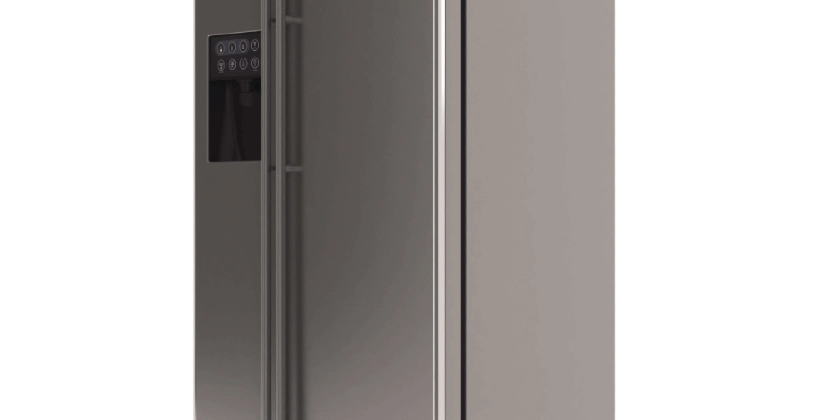The 5 Most Common Refrigerator Issues to Watch Out For

Is your refrigerator acting up? If it’s more than a decade old, it might be near the end of its useful lifespan. Still, it could be possible to fix the problem and get several more years out of the appliance. Here’s how to troubleshoot five of the most common refrigerator issues.
Fridge Not Getting Cold
The appliance should keep food between 37 and 41 degrees. If you open your refrigerator door and feel warm air come out, try these troubleshooting tips:
- Make sure the fridge is receiving power. If the light turns on when you open the door, you’re good to go.
- Adjust the refrigerator thermostat.
- Unblock the vents that blow cold air into the fridge or freezer to ensure adequate airflow.
- Vacuum the coils under or behind the refrigerator to help with cooling performance.
If the fridge is still not getting cold, the condenser fan or evaporator fan could be broken. These refrigerator issues require attention from an appliance repair technician.
Everything in the Refrigerator is Freezing
The opposite problem can also occur when the temperature in the fridge drops too low. If everything in your refrigerator is freezing, check these components:
- Temperature control thermostat directs power to the compressor and fan motors. To check for a defective thermostat, turn the knob to the highest setting and listen for a “click.” If you hear one, it’s likely not defective.
- The thermistor sends the fridge temperature reading to the control board. To find out if the thermistor is defective, you must perform a multimeter test, which may require a professional’s help.
- The temperature control board supplies voltage to the compressor and fan motors, so if this part is malfunctioning, it could send continuous power and make the fridge too cold. If the other components mentioned here aren’t defective, consider replacing the temperature control board.
Frost in the Freezer
Old freezers are especially prone to frost buildup. If you’re experiencing this refrigerator issue, first check for a cracked door seal allowing warm, moist air to enter. This is a common cause of frost in the freezer. If that’s not the problem, there could be something wrong with the refrigerator defrost sensor. You’ll need a professional to help with the repair.
Broken Ice Maker
Modern refrigerator/freezer combos often have built-in ice makers for convenience. If yours has suddenly stopped making ice, here’s what you should do:
- Shut off the valve to the household water supply before you start troubleshooting.
- Pull the fridge away from the wall and look for any kinks or tears in the water supply line.
- Make sure the water inlet valve is open.
- Check the water filter for debris and replace it if necessary.
If the water inlet valve isn’t to blame, one of the ice-making mechanisms could be malfunctioning. Let a professional handle this more in-depth repair.
Refusal to Run After Being Transported
If you move your refrigerator to a new home, keep it as upright as possible. What happens to a refrigerator if you lay it down? The lubricant escapes from the compressor into the cooling pipes, and if you run the appliance too quickly after having been on its side, the compressor could be permanently damaged, and the fridge will no longer work. If you must lay your refrigerator down, give the lubricant several hours to settle before turning the appliance back on.
Schedule Refrigerator Repair with Mr. Appliance®
If your troubleshooting efforts don’t pan out, Mr. Appliance is here to fix your refrigerator issues. We service all sorts of fridges and freezers, so give us a call whenever you need help!

